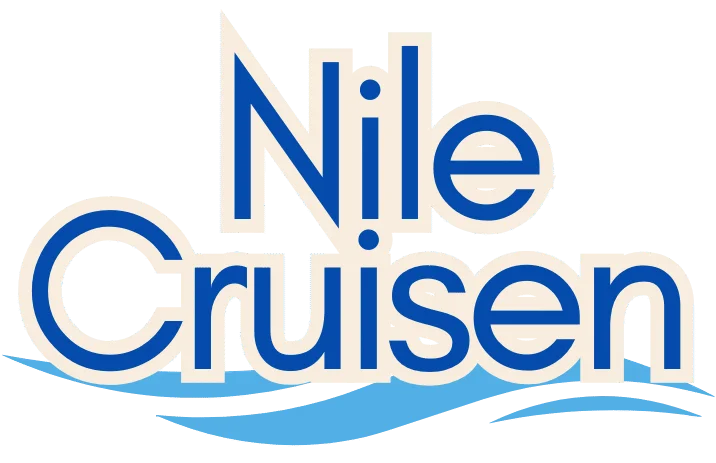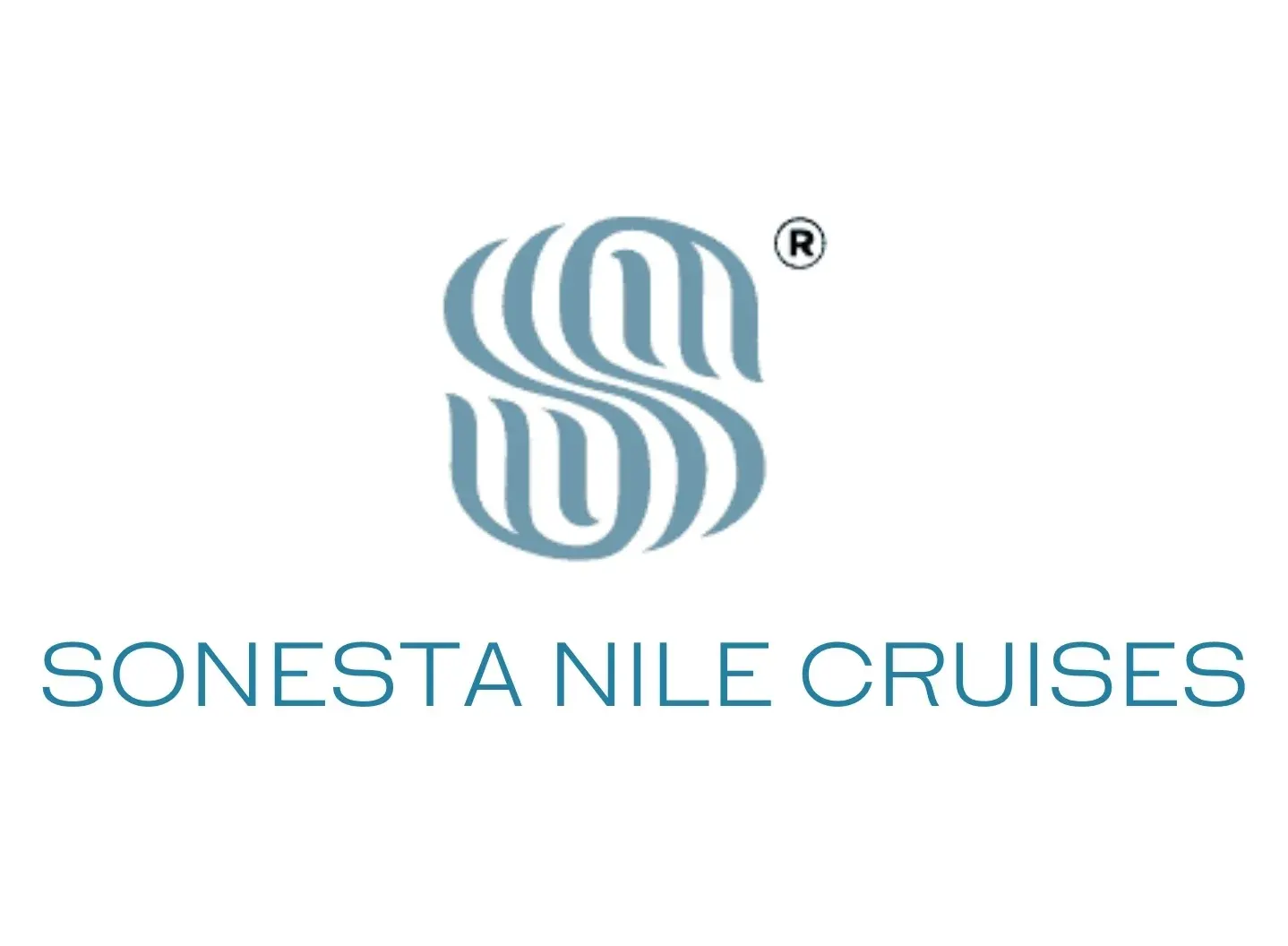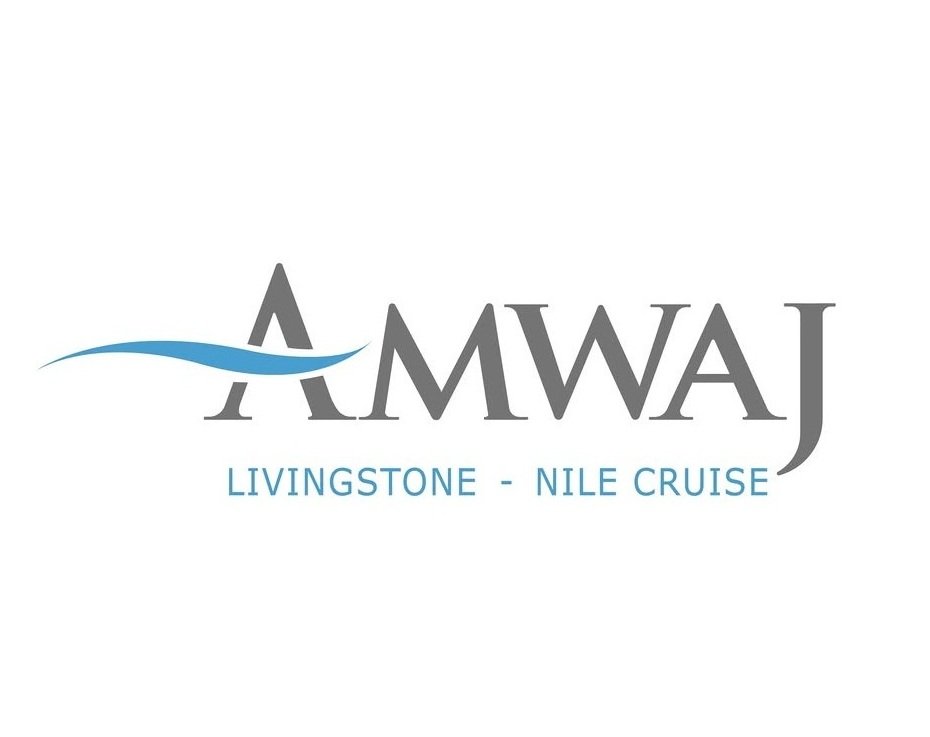The Story of the Esna Lock in the River Nile
The Esna Lock, located 162 kilometers north of the ancient Aswan Dam, tells its own stories to those arriving and departing. Every day, tens of Nile cruises in Egypt cross the historical lock with stories and tales told by the cruise tour guide to the guests on board; when the barrage opens its 80-meter-high lock for Nile cruise ships bound for Aswan, tourists stand on the sun deck to witness the world of Upper Egyptian life. This is exactly what (Monsieur Durga, a European newspaper correspondent) did at the beginning of the nineteenth century when he glimpsed this southern world for the first time since the lock’s opening.

Historical sources about the construction of this lock were completed following the 1906 AD flood during the reign of Khedive Abbas Hilmi II, in the eighteenth year of his reign, as the Khedive’s inscription (erased from the barrage). The idea for the barrage was proposed by Sir William Garston, an Englishman, and was estimated to cost one million Egyptian pounds at the time. As it stands today, it appears as a canal or a treasure trove of history.
Beginning of Building the Lock of Esna.
The work started; When the British company that built the bridges, Ransome and Arieh, brought the first winch in Egyptian history, the Upper Egyptians called it “the demon.” In contrast, the trolleys that came to pass over the bridges with the wagons were called “the crushing wagons.”
What’s even stranger is that the locals wanted to welcome the Khedive (King of Egypt) with horse and stick competitions, which they were adept at, but he—The Khedive—refused this welcome and instead appointed two of the town’s notables to receive him. These houses were the Hazin family home and the Bakri family home, houses known to this day for their antiquity.
The matter did not stop there. The Khedive and his accompanying delegation refused to eat the food they had prepared for them, fearing them due to a previous prophecy by a soothsayer who had warned him of the Upper Egyptians who had attempted to assassinate him in Istanbul, Turkey, at the hands of his guard, a native of Minya.

Facts about Esna Lock.
- The bridges, as described by Monsieur Dorja, rose six and a half meters above sea level, were 900 meters long, and included 120 springs, each extending five meters. At their western end was a navigation lock, 80 meters long and 16 meters wide, for ships to pass through. Above the bridges lay a paved road, six meters wide.
- At the opening time, the river wall of the bridges bore more than 12 flags, divided among English, Italian, French, and Greek flags. Egypt received only four flags, including a single Ottoman flag. These flags, like some Khedivial inscriptions, no longer exist today.
- At the northeastern end of the lock, His Excellency Hussein Bey Fakhry Pasha, the Minister of Public Works in Egypt, laid the first stone of these aqueducts on January 24, 1908. But why were these aqueducts built, and what benefits did the southern governorates gain from them?
- Academic researchers examining the opening records of the aqueducts cite Ismail Pasha Serry’s speech at the opening ceremony. He noted that the lands of Qena Governorate were suffering from drought, which occurred in 1877, when water levels dropped, leaving more than 25,000 acres without irrigation. The Esna aqueduct, however, “will protect the governorate from drought and flooding and will add 350,000 new acres suitable for agriculture,” according to the Khedive’s speech.
- The opening was in 1909 AD, as the correspondents of those newspapers say, including the correspondent of the magazine Al-Muqtataf – they were boarding Anglo-American ships while he was boarding his ship called Bahia next to the royal yacht called Naseem Al-Bahr – and the number of ships that docked there to attend the opening reached more than 20 ships, but the people of Esna were absent from this celebration even though it was in their country. The strangest thing is that the English proposer of the barrages, William Garstin, did not attend the opening, and his excuse was that he was in a bad mood.
The Lock of Esna is now the gate for the Egypt river cruise between Luxor and Aswan, and is the main stop during the Journey of Nile cruise from Luxor to Aswan and vice versa.
Trusted Partners
Nile Cruisen: Chosen by Leading Brands as Egypt's Top Cruise Operator











